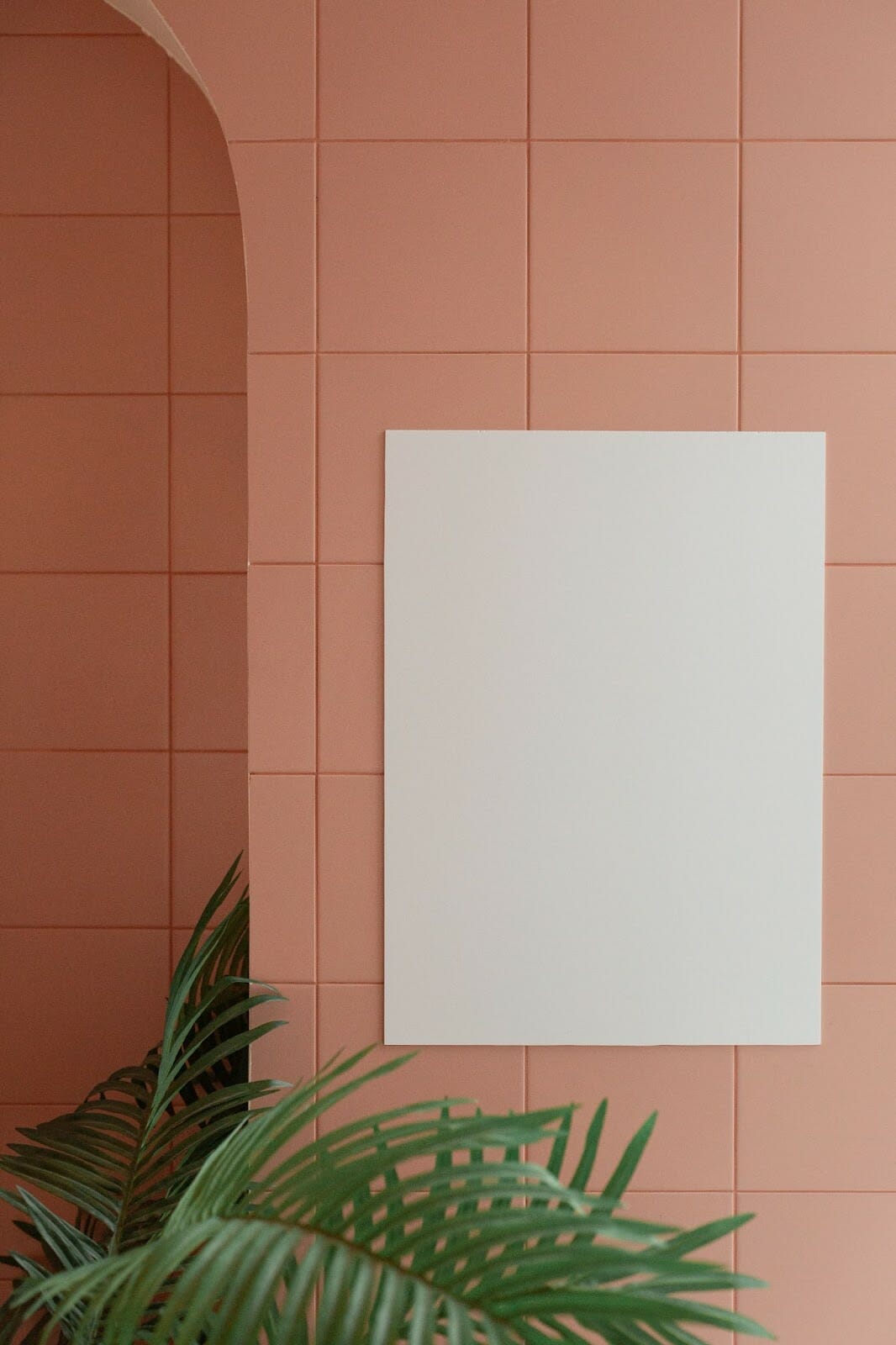
Backer board installation is a necessary step in many home improvement and construction projects. In order to properly install backer board, there are a few things you need to know. This complete guide will walk you through the entire process, from start to finish.
You’ll learn what backer board is, why it’s used, and what materials and tools you’ll need for the installation process. You’ll also learn about the various methods for securing your backer board, as well as some best practices to help ensure a successful installation.
What is backer board and what are its uses in home improvement projects
Backer board is a durable and versatile material that is commonly used in home improvement projects, particularly those involving tile or other wall coverings. It is made from cement, sand, and various additives to provide added strength and flexibility.
Backer board can be installed on almost any surface, including drywall, masonry, concrete, plywood, and even existing tile. Its many uses make it a popular choice for homeowners looking to update or renovate their homes.
Why is backer board an important material in home improvement projects
Backer board is essential for many home improvement projects because of its durability and versatility. It provides a strong, stable surface that can withstand the stresses and demands of tile or other wall coverings.
Additionally, it can be installed over a variety of different surfaces, providing a smooth and undisturbed surface for your tiles to adhere to. For these reasons, backer board is widely considered one of the most important materials in home improvement projects.
how to install backer board
The process for installing backer board typically involves several steps. First, you’ll need to ensure that the surface where you will be installing the backer board is clean and free from any dust or debris. Next, you’ll need to measure out your backer board and cut it to size using a utility knife or saw. After your boards are cut, you can begin to secure them in place. There are several different methods for securing backer board, including using nails, screws, or adhesive.
Lastly, you’ll need to take steps to protect the surface of your backer board from damage during the installation process. This may involve covering the boards with a layer of protective paper or tape, or using a temporary support system. Now that you know the basics of backer board installation, you’re ready to start your next home improvement project! Just remember to follow these steps and best practices, and you’ll be sure to achieve a successful outcome.
What are some potential problems that can occur during or after the installation process, and how do you fix them
There are a few potential problems that can occur during or after the installation of backer board. One common issue is that of surface damage. This can occur if the boards are not properly protected during the installation process, or if they are not cut to the correct size. If you notice any surface damage, you can typically fix it by sanding down the affected area and applying a new layer of adhesive or sealant.
Another potential issue is cracking or warping of the boards themselves. This can occur if they are not secured properly, or if they are exposed to extreme moisture or heat conditions. To fix this problem, you may need to replace any damaged boards, or reapply additional adhesive or sealant to help repair any cracks or warping. Overall, it is important to take steps to ensure the stability and durability of your backer board installation, in order to avoid these common problems. By knowing how to install it properly, you can ensure a successful outcome for your next project. Just remember to follow these steps, along with any best practices or advice from experienced professionals, and you’ll be well on your way to a successful installation. Thank you for reading our complete guide to backer board installation – we hope you found it helpful!



